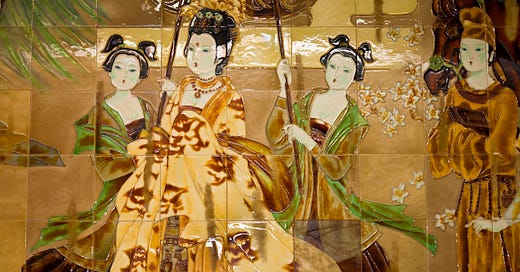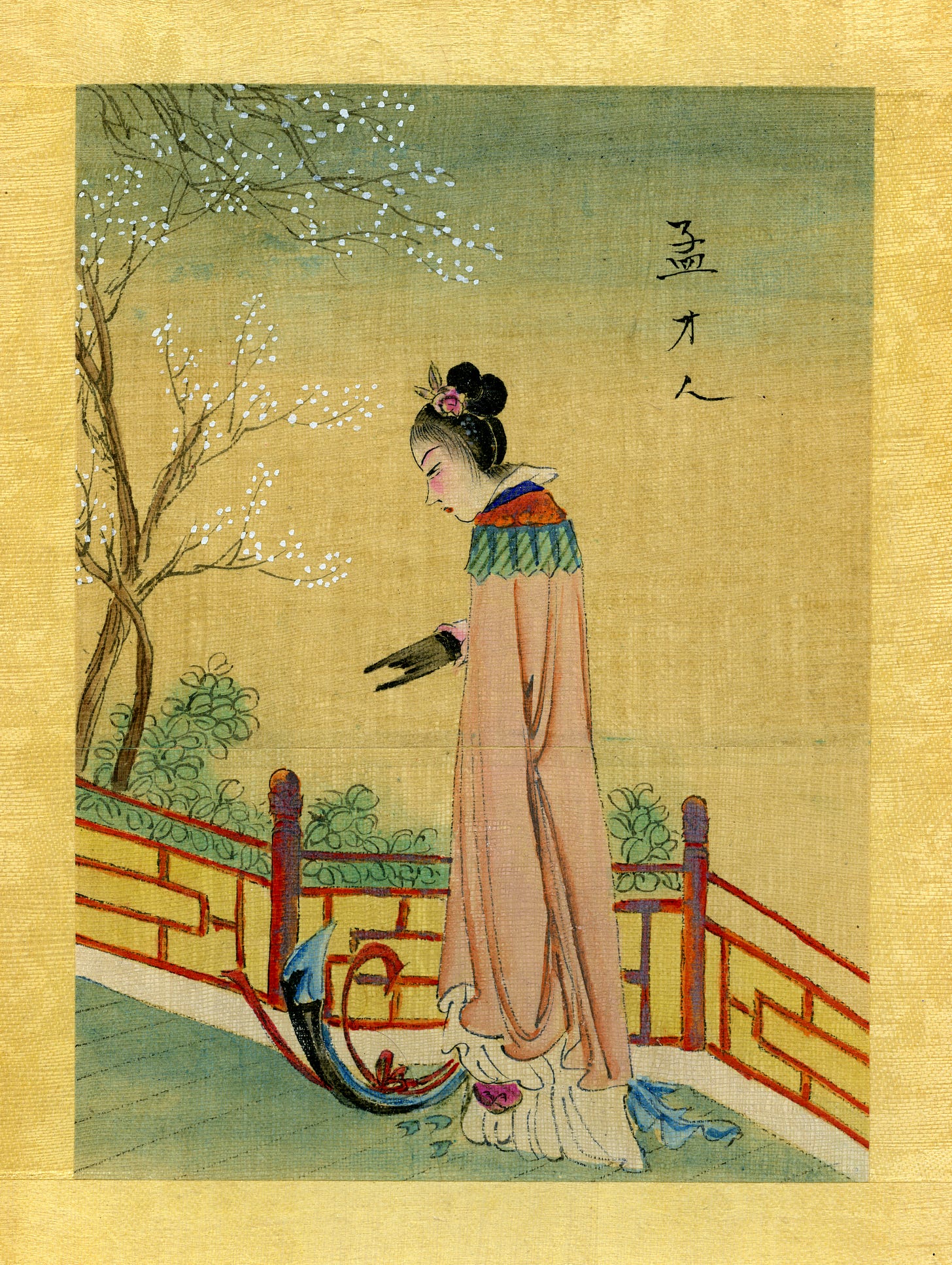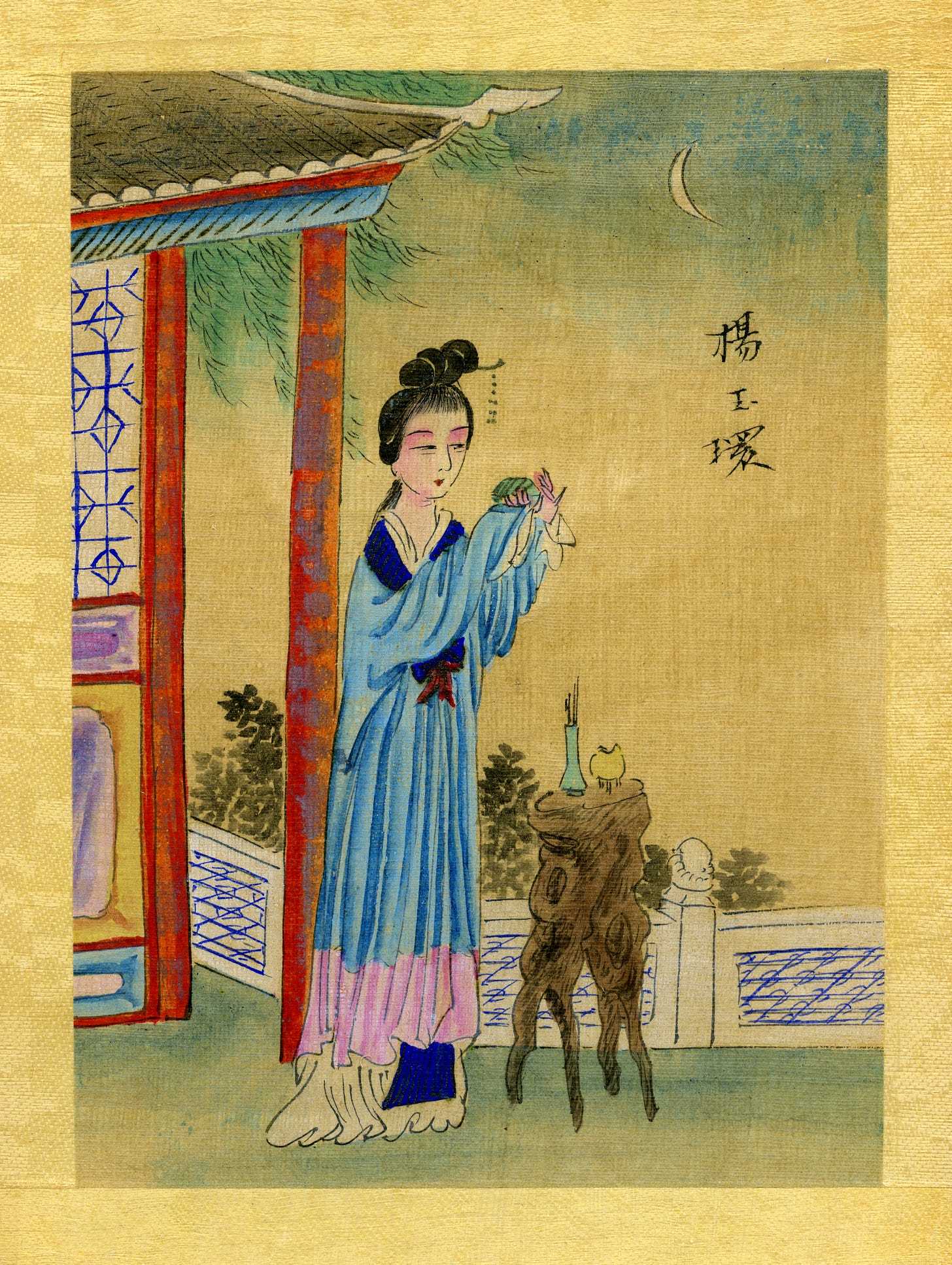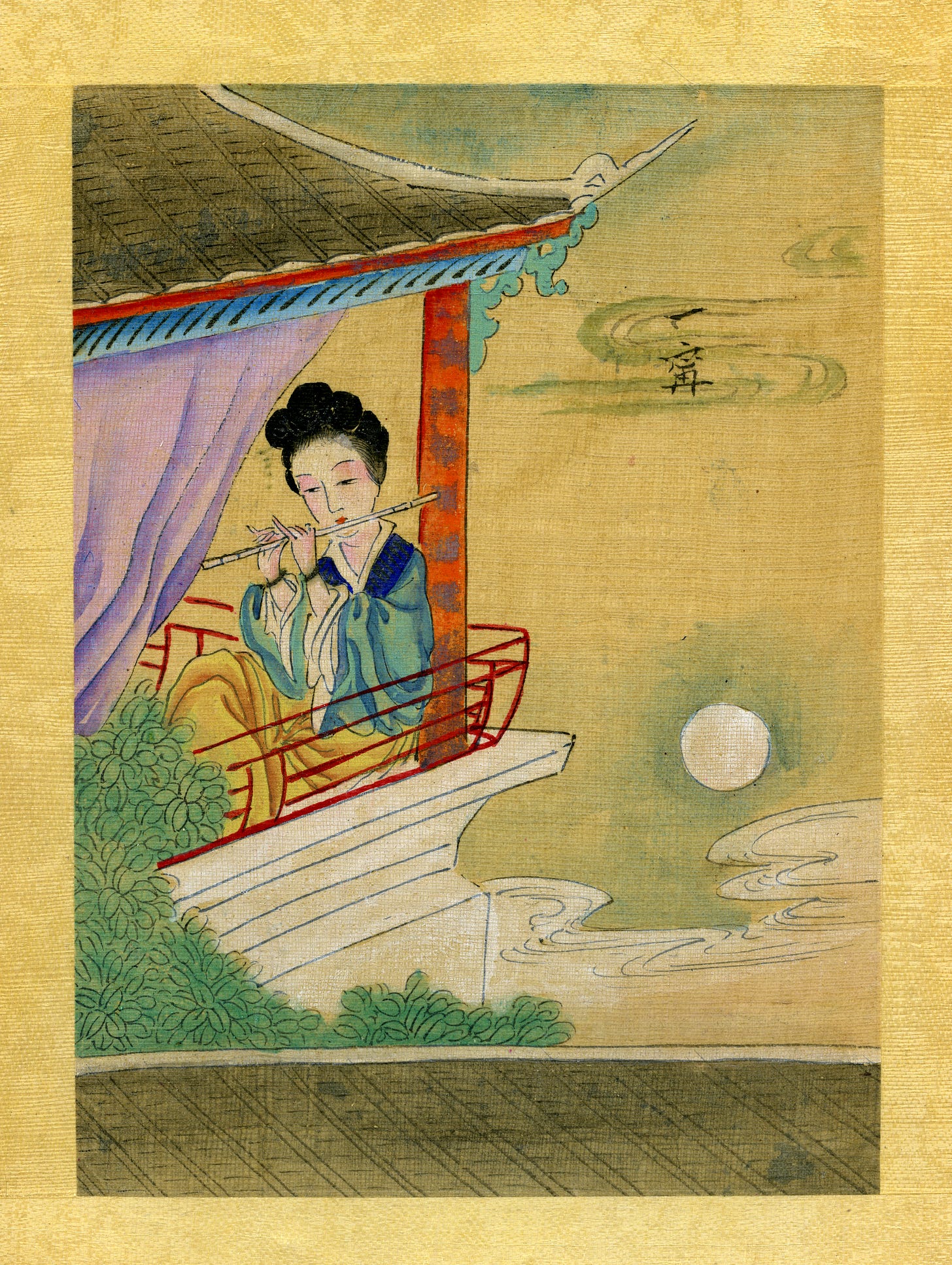The Secret Lives of Concubines in Imperial China
Concubinage was a complex practice in imperial China and, for most women, a necessary evil to be adopted.
Concubinage Was a Complex Practice in Imperial China
A humorous quote from a scribe in ancient China that tries to explain why men need to live with multiple women but women, on the other hand, need only one man goes like this,
“Four cups always complement one teapot. But have you ever seen one cup with four teapots?"
That said, concubinage was a complex practice in imperial China and, for most women, a necessary evil to be adopted simply because women at that time had only four options to survive; be a wife, work as a maid, be a concubine, or work as a prostitute.
And out of the options available, being a concubine was one of the easiest ways for a poor woman to earn social security and financial status if she could not find a husband. Concubinage was also considered far safer than prostitution as there would be only one male partner, and the chances of getting sexual diseases were less.
And traditionally, once a girl was brought to the emperor’s attention to be a concubine, she was bound to lifelong captivity. Once a girl was taken inside the palace walls, she had to leave behind her family, her friends, and her usual ways of life, and she was not even permitted to see her relatives or friends without official consent.
An army of eunuchs guards her movements closely, ensuring her virginity for the emperor. Sex with anyone other than the emperor was strictly forbidden and was punishable by death.
And the worst part; they live for the emperor and are made to die for the emperor. They were his to do with as he pleased, including taking them with him in his ‘afterlife’ for entertainment. The imperial concubines were either executed by palace eunuchs or forced to commit suicide by hanging with a silk scarf or taking poison.
The Stringent Selection Process
The strict selection process of concubines followed in Imperial China can be judged from a story about the Ming emperor Tianqi who wanted to select some concubines for himself.
As the story goes, eunuchs were sent nationwide to shortlist 5,000 young women aged 13 to 16 to be considered potential concubines. On reaching the palace,1000 were immediately eliminated for being too tall, fat, or thin. On the second day, the emperor ‘experts’ examined the girls for voice, diction, and mannerisms. Another 2000 were eliminated on the 2nd day.
On the 3rd day, their physical characteristics were examined in minute detail. The details included the shapes of their lips, feet, arms, breasts, and the degree of sexuality they were endowed with. Another 1000 were eliminated.
On the 4th day, a thorough medical examination was done for sexual diseases, physical disabilities, and internal ailments, eliminating another 700. The final 300 were accommodated within the palace and kept under close watch. They were judged on knowledge, merit, temperament, and character and ranked accordingly.
Ultimately 50 girls made it to the final round to be showcased before the emperor. The emperor selected 3 of them and gave the remaining ones to the court nobles. These girls were supposedly the ‘fab 50’ or the ‘lucky 50’ to be envied by others who lost the race.
There Were Ranks for Every Concubine
Once a girl becomes a palace concubine, she enters a ruthless game of power, betrayal, and jealousy. There were varying ranks of concubines, and the elevation to every level depended on how often an emperor visited a girl.
A concubine obtaining more frequent visits by an emperor could rise the ladder quickly, with some even becoming the imperial consort. The most famous were Ci Xi and Wu Ze Tian, who went on to become two of China’s Empresses.
An interesting ranking of concubines based on the emperor’s preferences from the Ming dynasty can be something like this.
· Huang Kuei-fei: Imperial honored consort
· Kuei-fei: Honoured consort
· Hui-fei: Gracious consort
· Xian-fei: Worthy consort
· Shu-fei: Pure consort
· Kang-pin: Wholesome consort
It was believed that an emperor should have a good, vibrant sex life to benefit the entire Chinese empire. This thought process was the core philosophy behind ensuring that only the best concubines always get to sleep with the emperor. Secretaries and scribes ensured that the right concubines always fulfilled the emperor's sexual needs.
A concubine can improve her ranking by giving birth to an heir (although their sons would be inferior to legitimate children) and could rise up the concubine ranking. Concubines who gave birth to male offspring also had a better chance of reaching the imperial consort level faster. However, if a high-ranking concubine fails to bear children, she can also be demoted from her ranking.
However, for most concubines, it would be a boring, dull life hoping for the emperor to visit and present themselves as best as they can at all times. Most of them lead very lonely lives, cloistered within their imperial chambers.
They Lead Lonely Lives
There can be no friends among concubines, only bitter rivals. The internal hierarchy was firm and inflexible, so concubines would guard their ranking tooth and nail and do anything to advance, including poisonings, assassinations, and disfigurement. Spending a night with the emperor was the biggest prize, and every concubine would compete vehemently against each other.
But the flip side was intense loneliness. While working in the palace, no concubine was allowed to communicate with the outside world. And inside the palace, they had no friends to speak of. So they led lives filled with bitterness despite walloping in luxuries.
Yes, there are situations when they might get to leave the palace. For example, an emperor may hand over a concubine as a gift to another king. But that does not make much difference in their lives as only one prison is replaced by another one. The other way to leave the palace was sickness. Once they become sick, they are thrown out and replaced by another healthier one.
Such was the life of a concubine. Their lives revolve around the whims and fancies of one man, and life can quickly change from the brightest heaven to the darkest hell in the blink of an eye.
Sources and Further Reading
Editorial. Staff. (2022). Concubines in China – History, Training, Life. chinamarketadvisor.
Gillan.Joanna. (2019). The Secret Life of an Ancient Concubine.ancient-origins.net.
Parkes. Veronica. (2018). The Ming Dynasty Concubines: A Life of Abuse, Torture and Murder for Thousands of Women.ancient-origins.net.
Chang, Jung. (2013). Empress Dowager Cixi: The Fiesty Concubine Who Launched Modern China. Random House Audio.
McMahon, Keith. (2020). Celestial Women: Imperial Wives and Concubines in China from Song to Qing. Rowman & Littlefield Publishers.
Tran, Lisa. (2015). Concubines in Court: Marriage and Monogamy in Twentieth-Century China. Rowman & Littlefield Publishers.
Buck. Pearl. (2011). Imperial Woman: The Fascinating Story of the Last Empress of China. Oasis Audio.








As someone whose grandparents came from China, I can say that the equivalent of feminism in traditional Chinese culture is like being an athiest in Islam. Sure you can try to become a bandit or escape with a lover, but you are basically a fugitive in your civilization (if you are caught, the stories often end badly for the woman). Or another analogy would be if a married Muslim woman in Afghanistan decided to not wear her veil and wanted to party with other men. In the West, that's totally fine but for the Taliban, that's probably punishable by death.
It's the same with cannibalism in some indigenous cultures too. While the West views cannibalism as barbaric, in certain cultures like some traditional Polynesian groups, it's a ceremonial part of their religion and culture.